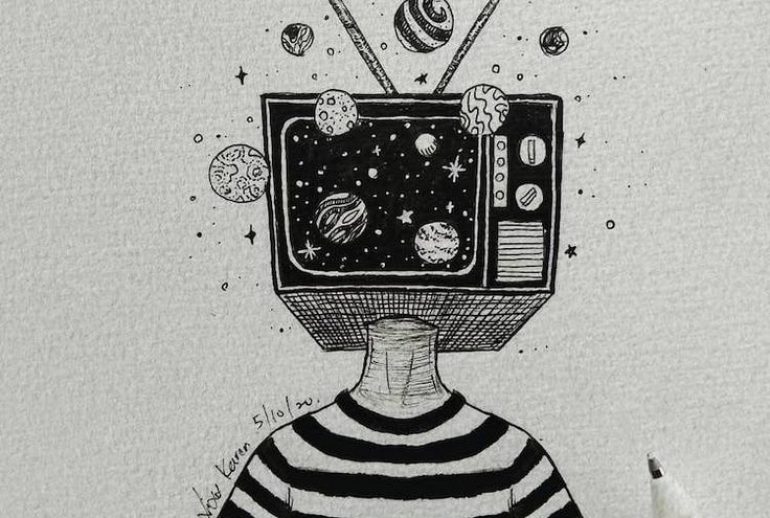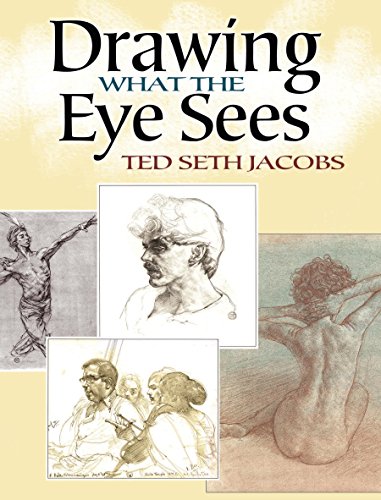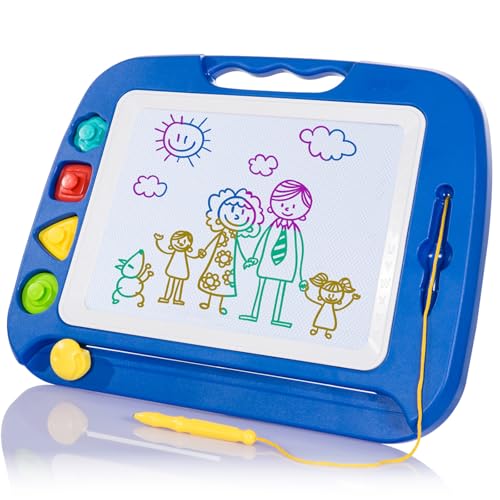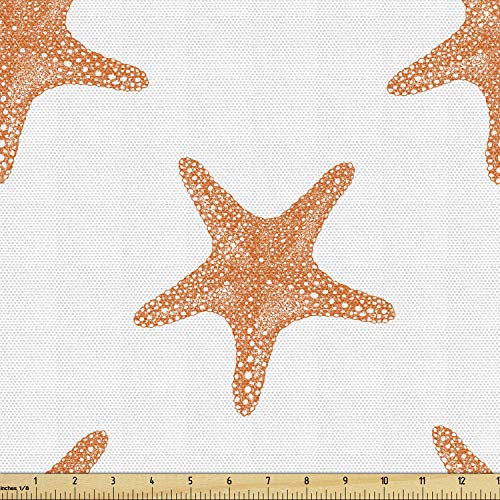Drawing can be a powerful way to express creativity. Aesthetic drawing ideas can transform simple sketches into beautiful pieces of art.
Whether you are a beginner or an experienced artist, finding inspiration can sometimes be challenging. Aesthetic drawings focus on beauty, harmony, and pleasing designs. They often blend colors, patterns, and simple shapes to create visually appealing artwork. These drawings can be a great way to relax, improve your skills, and explore new artistic styles.
In this blog post, we will explore various aesthetic drawing ideas that you can try. From delicate floral patterns to dreamy landscapes, these ideas will help you create art that is both beautiful and satisfying. Get ready to be inspired and start drawing!

Introduction To Aesthetic Drawing
Aesthetic drawing is about creating art that looks pleasing. It involves using simple lines, shapes, and colors. This form of drawing focuses on beauty and simplicity. It is a great way for beginners to start their art journey.
What Is Aesthetic Drawing?
Aesthetic drawing focuses on visual appeal and harmony. It uses minimalistic elements. The goal is to create drawings that are both beautiful and simple. This type of drawing often includes nature, geometric shapes, and calm scenes. It is less about realism and more about the feel of the art.
Importance Of Creativity In Art
Creativity is vital in any art form. It allows artists to express themselves. In aesthetic drawing, creativity helps in making unique and personal pieces. It encourages thinking outside the box. This leads to new ideas and styles.
Being creative also boosts problem-solving skills. It provides a sense of accomplishment. Artists feel more connected to their work. It makes the drawing process more enjoyable and fulfilling.
Gathering Inspiration
Finding inspiration is the first step in creating aesthetic drawings. It helps set the tone for your artwork. It sparks creativity and guides you on what to draw. Here, we will explore how to find and gather inspiration effectively.
Finding Sources Of Inspiration
Sources of inspiration are everywhere. Nature is a great place to start. Observe the colors, patterns, and forms around you. Take a walk in the park or visit a garden. Notice the details in leaves, flowers, and trees.
Books and magazines are also valuable. Art books, design magazines, and even fashion catalogues can provide new ideas. Look for interesting shapes, colors, and themes.
The internet is another vast resource. Websites like Pinterest and Instagram are full of creative content. Search for aesthetic drawings or art inspiration. Save images that catch your eye.
Creating An Inspiration Board
An inspiration board is a collection of images, colors, and ideas. It helps you visualize your thoughts. To create one, start by gathering images that inspire you. These can be from magazines, the internet, or even your own photos.
Arrange these images on a board or in a digital format. Group them by theme, color, or mood. This will help you see patterns and connections.
Review your board often. Let it guide your drawing process. Add new items as you find more inspiration. Your board should evolve with your creativity.
Choosing The Right Tools
Choosing the right tools is key for creating aesthetic drawings. The tools you use will impact the quality and style of your work. Whether you prefer traditional or digital methods, having the right supplies can make a big difference.
Essential Drawing Supplies
For traditional drawing, start with good quality paper. Thicker paper works best for various mediums. Pencils are a must. Get a range of hardness, from H to B. Colored pencils add life to your drawings. Invest in brands with rich pigments. Erasers are also important. Use soft erasers for delicate work. For precision, a kneaded eraser is ideal. Pens and markers can add bold lines. Choose waterproof options to avoid smudging.
Digital Vs. Traditional Tools
Digital tools offer flexibility. Tablets and styluses can mimic traditional mediums. You can undo mistakes easily. Layers allow for complex compositions. Many artists use software like Adobe Photoshop or Procreate. These programs offer endless possibilities. But traditional tools have their charm. The tactile feel of paper and pencil is irreplaceable. Each method has its pros and cons. Choose based on your comfort and style.
Exploring Different Styles
Exploring different drawing styles can inspire creativity and enhance your artistic skills. By experimenting with various styles, you can discover what resonates with you. This can also help you develop a unique artistic voice. Let’s delve into some popular aesthetic styles and how to combine them for a unique touch.
Popular Aesthetic Styles
There are numerous aesthetic drawing styles that artists love. Here are a few popular ones:
- Minimalist: Focuses on simplicity and clean lines. Minimalist drawings often use limited color palettes.
- Vintage: Drawings that evoke a sense of nostalgia. They often include sepia tones and classic themes.
- Boho: Features intricate patterns, earthy tones, and elements from nature. It has a free-spirited vibe.
- Anime: Known for its vibrant colors and exaggerated features. Anime art is popular in modern pop culture.
Combining Multiple Styles
Combining different aesthetic styles can create unique and interesting artwork. Here’s how you can mix styles effectively:
- Identify Key Elements: Note the distinctive features of each style. This could be color palettes, line work, or themes.
- Blend Thoughtfully: Start with a base style and slowly integrate elements of another. For example, add minimalist lines to a boho-themed drawing.
- Experiment: Don’t be afraid to mix and match. Try different combinations until you find a blend that works.
Here’s a table summarizing the key elements of each style for easy reference:
| Style | Key Elements |
|---|---|
| Minimalist | Clean lines, limited colors |
| Vintage | Sepia tones, classic themes |
| Boho | Intricate patterns, earthy tones |
| Anime | Vibrant colors, exaggerated features |
Techniques For Aesthetic Drawing
Creating aesthetic drawings involves understanding and mastering different techniques. These techniques can transform simple sketches into stunning works of art. Below, we will explore two essential techniques: line work and shading, and color theory basics.
Line Work And Shading
Line work and shading are the foundation of any drawing. They add depth, texture, and dimension to your art. Here are some tips to improve your line work and shading skills:
- Vary Your Line Weight: Use thick and thin lines to create contrast.
- Practice Hatching and Cross-Hatching: These techniques add texture and shadows.
- Use Blending: Smooth out your shading with blending tools or fingers.
- Experiment with Light and Dark: Create a range of shades by adjusting pressure.
Mastering these techniques can make your drawings more dynamic and aesthetically pleasing.
Color Theory Basics
Understanding color theory is crucial for creating visually appealing artwork. It helps you choose the right colors and create harmony in your drawings. Here are the basic principles:
| Principle | Description |
|---|---|
| Primary Colors | Red, blue, and yellow. They cannot be created by mixing other colors. |
| Secondary Colors | Green, orange, and purple. Made by mixing primary colors. |
| Tertiary Colors | Colors made by mixing primary and secondary colors. |
Using these principles, you can create a balanced and harmonious color palette. Experiment with complementary and analogous colors to see what works best for your drawing.
Practicing Mindfulness In Drawing
Drawing is more than just creating art. It can be a way to practice mindfulness. When you draw mindfully, you focus on the present moment. This can help reduce stress and improve your mental health. Let’s explore how mindful drawing can benefit you and some tips to stay present while drawing.
Benefits Of Mindful Drawing
Mindful drawing has several benefits. Here are a few:
- Reduces stress: Focusing on your drawing can help calm your mind.
- Improves focus: Staying present improves your concentration.
- Enhances creativity: Mindfulness can unlock your creative potential.
- Boosts mood: Creating art can make you feel happier.
- Provides relaxation: The act of drawing can be very soothing.
Tips For Staying Present
Here are some tips to help you stay present while drawing:
- Find a quiet space: Choose a place where you won’t be disturbed.
- Focus on your breath: Take deep breaths to calm your mind.
- Observe your surroundings: Notice the details around you.
- Use simple tools: Start with a pencil and paper to avoid distractions.
- Set a timer: Limit your drawing session to 15-20 minutes.
- Let go of perfection: Focus on the process, not the result.
Mindful drawing can be a powerful tool for relaxation and creativity. Start practicing today and experience the benefits for yourself.
Creating Your Unique Aesthetic
Finding your unique aesthetic in drawing can be a rewarding journey. It allows you to express yourself and stand out. This section will help you develop a personal style and experiment with new ideas.
Developing A Personal Style
Developing a personal style starts with understanding what you like. Look at different art styles and identify what draws you in. Do you prefer minimalist designs or intricate details?
Make a list of your preferences. Try to incorporate these elements into your drawings. Practice regularly to refine your style. Observe how your style evolves over time.
It’s also helpful to study the work of artists you admire. Notice their techniques and methods. Try to replicate their style while adding your twist. This can help you develop a unique aesthetic.
Experimenting With New Ideas
Experimenting with new ideas keeps your art fresh and exciting. Don’t be afraid to try different mediums. Use pens, pencils, or digital tools. Each medium can offer a new perspective.
Consider experimenting with different subjects. Draw landscapes, portraits, or abstract shapes. This can help you discover what you enjoy most.
Joining art challenges or drawing prompts can also spark creativity. These challenges push you to think outside the box and try new things. They can be a great way to break out of a creative rut.
Table of Techniques to Try:
| Technique | Description |
|---|---|
| Line Art | Simple and clean. Focus on outlines and shapes. |
| Shading | Adds depth and dimension. Experiment with light and shadow. |
| Color Blending | Mix colors to create gradients and smooth transitions. |
Remember, creating your unique aesthetic is a journey. Enjoy the process, and let your creativity flow.
Sharing Your Art
Sharing your art can be a rewarding experience. It allows you to showcase your talent to the world. It helps you connect with other artists and art enthusiasts. Here are some ways to share your aesthetic drawings effectively.
Building An Online Portfolio
An online portfolio is a digital collection of your work. It is a way to present your art to a global audience. Here are steps to create an effective online portfolio:
- Choose a Platform: Use websites like Behance, Wix, or WordPress.
- Organize Your Work: Group similar pieces together. Use categories like “Sketches,” “Watercolors,” and “Digital Art.”
- High-Quality Images: Ensure your images are clear and well-lit.
- Include Descriptions: Add brief descriptions for each piece. Mention the medium, inspiration, and any unique techniques used.
- Update Regularly: Keep your portfolio fresh by adding new work often.
Engaging With Art Communities
Joining art communities can provide support and inspiration. It also offers opportunities to collaborate and learn. Here are some ways to engage with art communities:
- Join Online Forums: Participate in forums like DeviantArt, Reddit (r/Art), and ArtStation.
- Social Media Groups: Follow and join groups on platforms like Facebook, Instagram, and Pinterest.
- Attend Local Events: Participate in local art fairs, exhibitions, and workshops.
- Provide Feedback: Comment on others’ work. Offer constructive criticism and praise.
- Collaborate: Work with other artists on joint projects or challenges.
By building an online portfolio and engaging with art communities, you can share your aesthetic drawings with a wider audience. This will help you grow as an artist and connect with like-minded individuals.
Overcoming Creative Blocks
Artists often face creative blocks. These blocks can be frustrating and demotivating. But with the right techniques, you can overcome them. This section will explore common challenges and solutions. We will also discuss how to stay motivated. Let’s dive in and reignite your creativity.
Common Challenges And Solutions
Many artists struggle with perfectionism. They want every drawing to be flawless. This mindset can stifle creativity. Try to embrace imperfections. Remember, every artist makes mistakes. Learn from them and grow.
Lack of inspiration is another common challenge. Sometimes, ideas just don’t come. In these cases, take a break. Spend time in nature or look at other artists’ work. Inspiration often strikes when you least expect it.
Fear of failure can also be paralyzing. Many artists worry about others’ opinions. Focus on your own journey. Create for yourself, not for others. Your unique perspective is valuable.
Staying Motivated
Setting small, achievable goals can help maintain motivation. Break down larger projects into manageable steps. Celebrate each completed task. This will give you a sense of accomplishment.
Joining an art community can also be beneficial. Surround yourself with fellow artists. Share your work and get feedback. This support system can keep you motivated.
Experiment with new techniques and mediums. Trying something different can reignite your passion. Don’t be afraid to step out of your comfort zone. Exploring new styles can lead to exciting discoveries.
Finally, keep a positive mindset. Believe in your abilities. Remember why you started drawing in the first place. Enjoy the process and have fun. Creativity thrives in a positive environment.
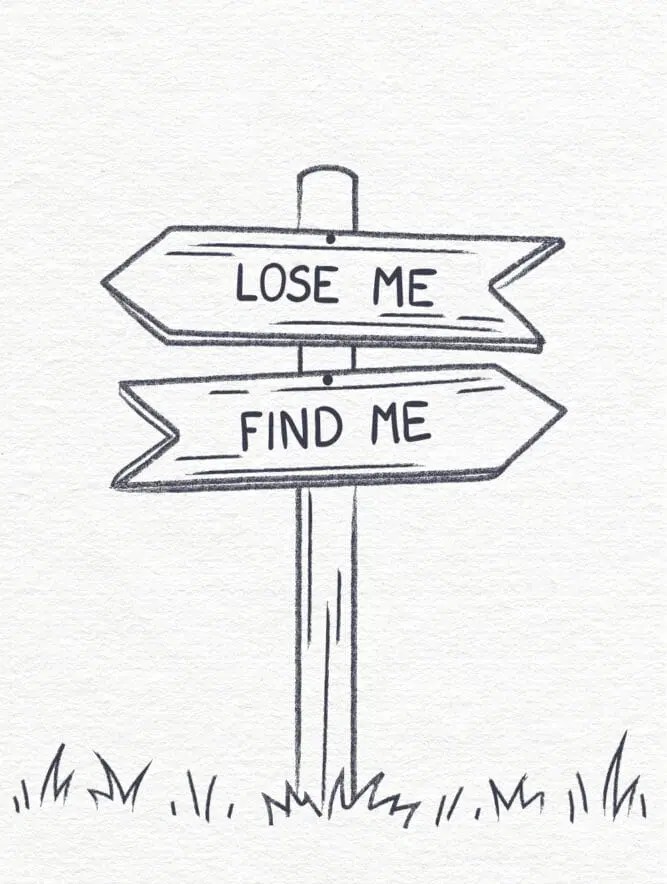
Frequently Asked Questions
What Are Some Easy Aesthetic Drawing Ideas?
Easy aesthetic drawing ideas include botanical sketches, minimalist landscapes, and simple geometric patterns. These subjects are visually pleasing and beginner-friendly.
How Can I Improve My Aesthetic Drawing Skills?
Practice regularly, study art fundamentals, and experiment with different styles and mediums to enhance your aesthetic drawing skills.
What Tools Do I Need For Aesthetic Drawing?
Basic tools for aesthetic drawing include pencils, fine liners, sketchbooks, and erasers. Optional tools include colored pencils and markers.
Where Can I Find Inspiration For Aesthetic Drawings?
You can find inspiration on social media platforms like Instagram and Pinterest, art blogs, and nature around you.
Conclusion
Explore your creativity with these aesthetic drawing ideas. Simple lines or detailed scenes, each drawing can tell a unique story. Don’t hesitate to experiment with colors and styles. Remember, practice makes perfect. Enjoy the process and let your imagination guide you.
Your drawings will improve over time. Every sketch adds to your skill. Happy drawing!

